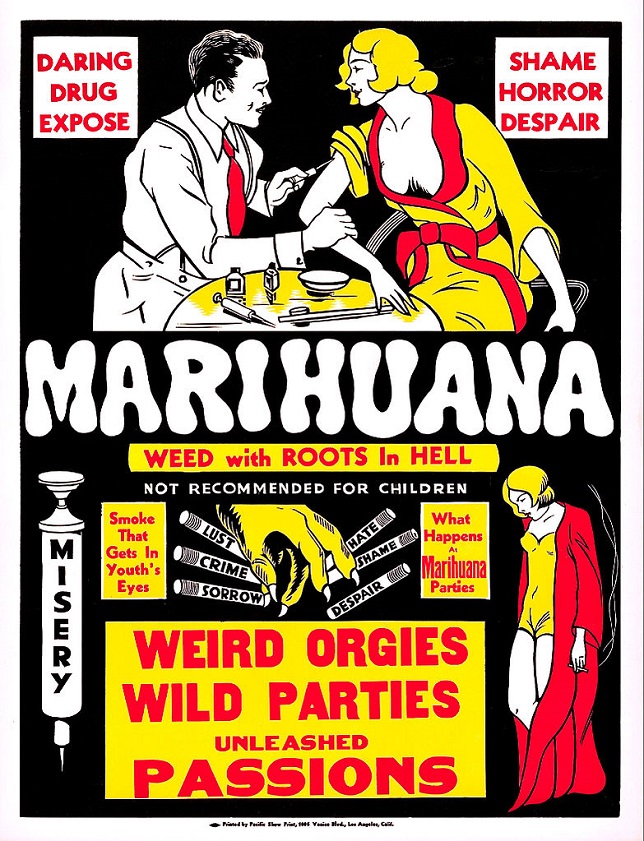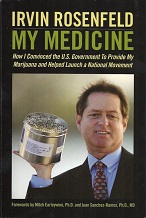
This news will give anti-marijuana crusaders fits.
A new study in the journal Health Affairs looked in great detail at prescription drug usage in U.S. states that have legalized medical marijuana. Researchers Ashley Bradford and David Bradford collected Medicare data for the period 2010-2013 to answer two questions: are patients choosing marijuana instead of prescription drugs for conditions that marijuana might treat, and what has been the overall effect on Medicare spending?
The bottom line: In 2013 alone, when 17 states had legalized medical marijuana, Medicare saved over $165 million. A simple extrapolation suggests that if all states legalize marijuana, annual savings could be triple that amount, $500 million. (Obviously this extrapolation is over-simplified: It depends on the actual populations of those 17 states, and it only considers Medicare. Commercial healthcare plans may save far more.)
The authors, a father-daughter team at the University of Georgia, looked at over 87 million prescriptions from the Medicare Part D database, focusing only on conditions where marijuana “might serve as an alternative treatment.” These fall into nine specific categories for which at least some evidence suggests marijuana could help: anxiety, depression, glaucoma, nausea, pain, psychosis, seizures, sleep disorders and spasticity. The best clinical evidence of marijuana’s benefits, according to the study, is for pain, for which the clinical evidence is “moderate”; most of the other conditions have evidence rated as low or very low.
Prescriptions fell for eight out of nine categories, with the biggest drop occurring for pain medication: In states with medical marijuana laws, physicians gave out 3,645 fewer pain prescriptions per doctor, a difference that is highly statistically significant. Or, in raw numbers, the annual number of daily doses (in 2010-2013) per doctor in states without medical marijuana laws was 31,810. In states with medical marijuana, the number dropped to 28,165. That’s an 11.5% drop. Depression and seizures both showed very significant reductions in prescriptions as well.
reference; http://www.forbes.com/sites/emilycanal/2016/07/18/looking-for-a-new-job-be-prepared-to-invest-at-least-200-in-this/#3f97395570e4
Steven Salzberg
Contributor
Fighting Pseudoscience
Latest
Coronavirus Strikes Massachusetts Cannabis Company Employees
Reassessing the Essential: Cannabis in the Time of a Pandemic
5 Reasons To Try Aspen Valley CBG Flower (30% Off)
High Times Cannabis Cups Go Virtual In Wake Of Coronavirus Pandemic
Drug Enforcement Administration Proposes Plan To Expand Cannabis Research
Ghana Legalizes Cannabis For Medicinal And Industrial Uses
The cheapest legal weed in Canada: Discover these cannabis ‘value brands’
Cannabis and coronavirus: Here’s what you need to know
cannabis designs
The Best Of
WHO Rules CBD Should Not Be a Scheduled Drug

Dr Cristina Sanchez PhD video interview on medical marijuana and cancer

Biochemist Dennis Hill interview; Cannabis oil as a cure for cancer.

The unofficial World Record holder for cannabis smoking part 1





